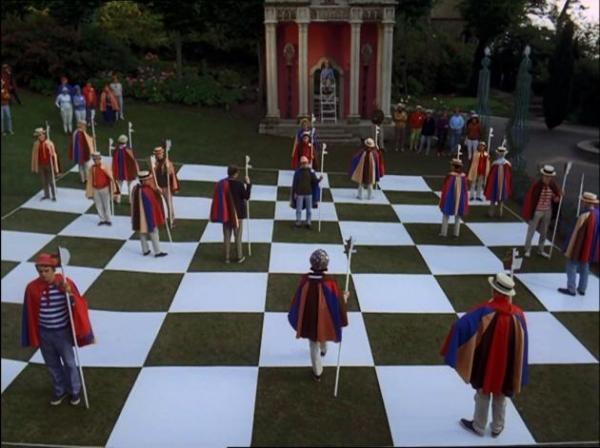It was back in the early 90’s. I was at a meeting with Debra Allanson down in Soho Square. Her boss at the time was David Cunliffe, and he did a drop-by. He said they had access to The Prisoner TV rights and would I be interested in tackling a new version?
I didn’t even hesitate. I said I wouldn’t touch it with a bargepole. I said that if ever there was a remake that you couldn’t take on and win, this was the one.
It wasn’t just a casual enquiry on their part. The drive to remake The Prisoner went on for decades. I heard they went on to have a discussion with the late Lelan Rogers, record producer and brother of the more famous Kenny, about an Americanised take on the show. But that foundered. Then in the mid-90s all the ITC rights went to Polygram and there was talk about a feature with a Patrick McGoohan screenplay. Mel Gibson was supposed to be attached at one point. Then there was the version with the Christopher McQuarrie script.
I thought about it afterwards, obviously, and played those head-games where you imagine what you might have done with it. The lead character’s grown-up daughter contrives to get herself sent to the Village as part of a plan to liberate the father she’s never met, and who hasn’t bent an inch in all those years. He takes her appearance as yet another trick to break him. She starts to wonder if he’s right, and whether her choices have actually been her own. And at the end of the day, true to the core value of the original: no straight answers.
But I’ve never been sorry that I turned down the chance. Talk about a poisoned chalice. Despite a stellar cast and a thoughtful script from Bill Gallagher (no relation), the choices that drove the 2009 ITV miniseries place it alongside the Fiennes/Thurman Avengers movie in the Gallery of the Misconceived. Listlessly shot in a threadbare Namibian Butlins’, it’s what you get when your producers haven’t grasped what makes a property tick.
The Prisoner was a huge, flawed, sprawling, psychotic explosion centred on the personality of its producer/star. Take away the things that gave it unique life – McGoohan, the location, its 1960s psychedelic sensibility – and what you’re left with is a story premise that, on its own, was good for one episode of Danger Man.




